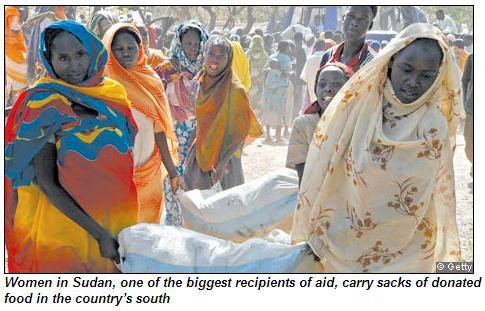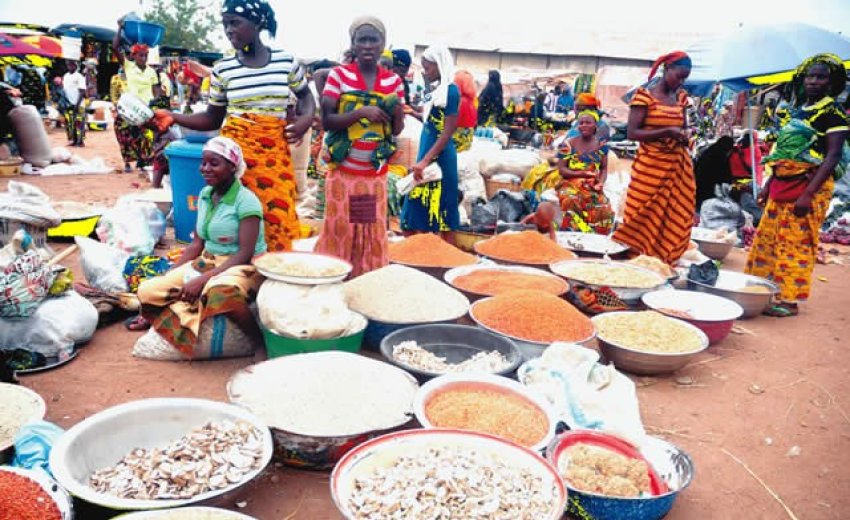 Food aid volumes sank last year to their lowest level in almost 50 years as rising agricultural commodity prices - particularly for wheat, corn and rice - hit donors' budgets, a United Nations report said on Tuesday.
Food aid volumes sank last year to their lowest level in almost 50 years as rising agricultural commodity prices - particularly for wheat, corn and rice - hit donors' budgets, a United Nations report said on Tuesday.
The Food Aid Flows report estimates global deliveries dropped last year to 5.9m tonnes – the lowest level since records began in 1961 and 15 per cent below the figure for 2006. The previous record low was set in 1973, also when the world was facing a food crisis.
The report, by the UN's World Food Programme, warns that the resources available for food assistance need to increase in order to address negative effects of higher prices. “There is an urgent need to reverse this [downward] trend,†the report says.
“Prices are likely to remain high in the next few years. This could jeopardise the prospects for the Millennium Development Goals and [the] fight against hunger and malnutrition.â€
The warning comes as corn prices hit a fresh high of $6.73 a bushel on Monday, up 48 per cent since January. Soyabean and wheat prices also moved higher, further threatening to increase the cost of food aid this year.
Traders said the increase in charges for foodstuff commodities was due to a surge in farming costs caused by record high oil and fertiliser prices, and bad weather in the US, Argentina and China.
Global food aid volumes have declined steadily since 1999, when they stood at 15m tonnes, but the drop accelerated last year as agricultural commodity prices surged.
Wheat prices rose by 122 per cent between 2000 and 2007, corn prices climbed 86 per cent and rice prices surged 62 per cent. The cost of shipping food also doubled last year, further eroding donors' budgets.
Josette Sheeran, WFP executive director, said: “This is yet further evidence that the dramatic increase in the price of food commodities is having a direct impact on the lives of the hungry.â€
Henk-Jan Brinkman, head of food security, policy and markets at the WFP and one of the reports' authors, said the quantities of agricultural commodities that could be bought declined as prices rose because most food aid organisations had fixed budgets and little availability to raise more funds.
The increase in costs hit non-governmental organisations' food aid operations particularly hard, with a 19 per cent reduction in volumes last year. Multilateral organisations, such as the WFP, suffered a 14 per cent decline, while bilateral government-to-government aid schemes, with deeper pockets and often a strong political interest in maintaining volumes, fell 13 per cent.
The largest recipients of food aid were Ethiopia, Sudan, North Korea and Uganda.
The WFP issued earlier this year an emergency appeal to raise more than $755m (€480m, £380m) to cover a shortfall in funding. The Rome-based body raised enough to cover the shortfall thanks to a donation of $500m by Saudi Arabia.
-By Javier Blas in London
Copyright "The Financial Times"

